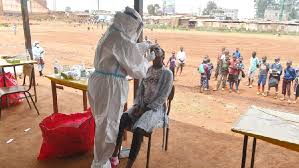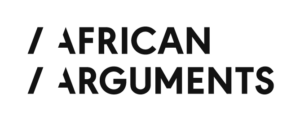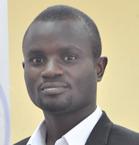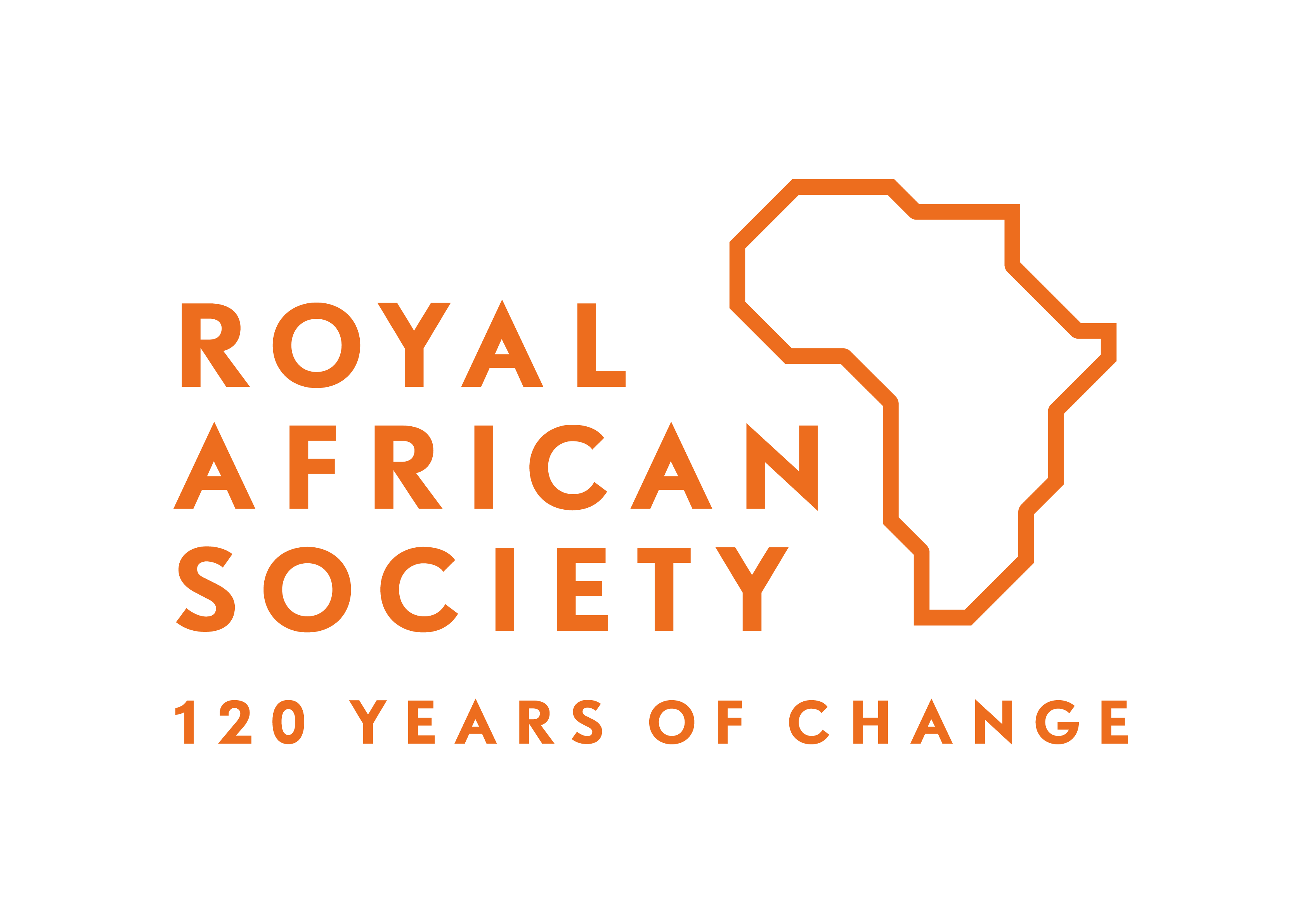
Debating Ideas is a new section that aims to reflect the values and editorial ethos of the African Arguments book series, publishing engaged, often radical, scholarship, original and activist writing from within the African continent and beyond. It will offer debates and engagements, contexts and controversies, and reviews and responses flowing from the African Arguments books.

In 1993, the South African novelist Zakes Mda said it was imperative that the country’s elites wean themselves off the liberal notion of ‘doing something for the people’. ‘Sustainable development’, he said, ‘is meaningful only if we do something “with the people” … to promote a spirit of self-reliance amongst the marginalised’ (1993).
From the outset of the global Covid-19 pandemic, governments around the world have generally failed to turn to their citizens, to the people themselves, for their views and advice, or included them proactively in strategies to combat the pandemic. However, it is not too late. Something can still be done before the third wave arrives, especially in small towns and in rural areas across southern Africa where formal state health services are very weak, or dysfunctional.
Rule makers and breakers
From the beginning of the global Covid-19 crisis in 2020, when the deadly airborne virus spread rapidly across the globe, governments generally assumed that the social instincts of their citizens, particularly in the context of compressed urban lives, required close management and restriction to minimise transmission of the coronavirus. In general, governments around the world turned to biomedical academics and professionals – doctors and scientists – for help in devising policies to contain the spread.
In South Africa, the government imposed a tough lockdown regime in March 2020, akin to that which had been adopted in China as the first centre of the pandemic. The most severe of a five-level regime of restrictions was imposed for an unlimited period under disaster management legislation. The state made regular broadcasts on national television to inform citizens of any changes in the lockdown measures, which basically prevented people from leaving their houses or neighbourhoods.
At the same time, and in contrast with the hard lockdown measures imposed in South Africa and parts of East Asia, although the picture is mixed, European governments seemed to adopt more relaxed approaches and relied on citizens to take appropriate action in public and private to minimise transmission. When coronavirus cases climbed sharply in Italy and elsewhere in southern Europe in March many felt that the Italian state had been too lax in enforcing measures on its citizens.
A number of analysts wrote of how social distancing came more easily to northern Europeans than their southern, Mediterranean counterparts; and how countries like Sweden, where social distancing was seen to be part of the culture, had rejected the need for state control over social interactions. The focus in the apparently “enlightened states” which did not impose hard lockdowns was on popular education and empowering citizens to do what they knew was best for themselves, others and the nation as a whole.
By contrast, in the US, the administration of President Donald Trump did not initially take the virus seriously. On 10 March 2020, Trump said: ‘Just stay calm. It will go away.’ Throughout the year, his administration seemed to do everything it could to play down the threat; limit lockdown measures; and keep the economy open. The country has paid an enormous price for its laissez-faire approach, with almost half a million Covid-19 deaths in a single year, many more than anywhere else.
The overall response to coronavirus has been a top-down bio-medical response and yet death rates have been so different across the globe. For example, why have only 5,000 died in Japan with a population of 100 million people, while 175,000 have died in Mexico which has about the same population; or 275,000 in the more populous Brazil, and over half a million in the US? In South Africa, with just over half the population of Japan and Mexico, 48,000 have allegedly died according to official statistics, but unofficially the number is well over 100,000.
In trying to understand these differences in impacts, Michele Gelfand, the cultural psychologist and author of a 2018 book, Rule Makers, Rule Breakers, argues that the willingness of citizens to adhere to strict rules, such as wearing masks and social distancing in public, is a product of whether they come from cultures that tightly or loosely abide by social norms, laws and government rules. On the basis of a comparison of results from over 50 countries, she argues that the degree of social cohesion and ‘tightness’ in a society is a function of a complex set of factors, which includes the extent to which the society has recently felt under threat of disaster, famine or invasion (Gelfand 2018).
Societies with less social cohesion and more ‘looseness’ are those that have experienced less threat in the recent past, and have enjoyed longer periods of affluence, such as in Europe and America. Although affluent by global standards, Gelfand would argue, that the ‘tightness’ of Japan relative to the US would be a function of the multiple threats faced by the society on both the environmental and political fronts.
To be sure, death rates are also driven up by other factors which are not strictly related to rule adherence and civil obedience, such as the level of social compression in cities; the nature of public spaces; the degree of informality; and the health profile of populations, especially in relation to comorbidities and age.
These considerations notwithstanding, it would seem that greater social ‘tightness’ would help in the containment of Covid-19. So where would South Africa fit in? And what do the very high rates of infection tell us about social cohesion in South Africa society? In addition, what might be done in South Africa and across the subcontinent to bring these numbers down as the country and the region heads towards a third wave in May?
How ‘loose’ or ‘tight’ are urban and rural South Africa?
Within the tight and loose classificatory system proposed by Gelfand, South African society since the introduction of democracy may be described as one that became much ‘looser’ as it moved away from the tightness of ethnic nationalism, which was repressively implemented under apartheid. Greater ‘looseness’ was a requirement of the new-found freedom and democracy and has been a hallmark of popular social struggles since then.
This ‘looseness’ has been particularly evident in the urban areas, where the historically disadvantaged majority in South Africa have resorted to continuous insurgency to lay claims to their basic rights as citizens. Most of the many hundreds of service-delivery protests in South Africa every year occur in the towns and cities, where citizens are most aware of their constitutional rights and most insistent that they be honoured by the state. However, a different conception of rights, which produces and expresses greater social ‘tightness’ tends to hold sway in the rural areas.
In Xhosa-speaking communities, the term irhayti (derived from the English term ‘rights’) is used to express the individual rights of citizens and their demands from the state. Kathleen Rice (2017) claims that the meaning of this term which has been popularised since 1994 differs significantly from the conceptualisation of rights conveyed by the terms amalungelo (moral rights) or abantu (people, in a collective sense), which are more widely used in rural areas and suggest that rights can only be realised in relation to others within a defined moral community (Rice 2017).
The term amalungelo is derived from the verb ukulungisa, which means to make things correct and good in the moral sense. The term is used to highlight the moral content of personhood, especially the idea of ‘moral rightness’ in relation to kin. The critical point about the difference between irhayti, individual rights as reflected in the liberal discourse of the South African constitution, and the notion of amalungelo is that the latter does not assume that all individuals do or should enjoy the same rights.
In contrast to the cities, the relative ‘tightness’ of rural areas in South Africa around ideas of tradition, custom and social reproduction has meant that, even though poverty and social inequities are most evident in the countryside, there has been far less social upheaval and insurgency against the state and its rules here. Rural social cohesion is augmented in the countryside through traditional structures, which rely for their authority on old-fashioned forms of moral tightness.
At the same time, this strategy has caused considerable confusion as chiefs and elected officials, both of which groups are paid as civil servants, opt for different political styles and often clash over development mandates as they navigate the space between rights and obligations in the rural context. Meanwhile, there are also growing demands from the youth and women for individual constitutional rights to be delivered on both sides of the urban-rural divide.
The tensions between the more traditional and modern visions of rights have been further inflamed by the failure of the state under democracy to deliver jobs, houses and improved living conditions for the rural poor. This has generated a politics of nostalgia in some rural areas, where residents reject the liberalism of the constitution and call for return to the African virtues and values of tradition and amalungelo, which, it is believed, will restore dignity and a historic and cultural sense of ‘tightness’. In most areas across southern Africa these different conceptions of rights and obligation create tensions which have been pronounced under lockdown as the old generation has tried to enforce its authority over the socially ‘looser’ younger generation (Reed 2020).

Tightening up for a third wave
In his 2009 book on AIDS in Africa, Unimagined Community, Robert Thornton, an anthropologist from the University of the Witwatersrand, argued that one of the reasons that HIV and AIDS spread so rapidly in South Africa relative to other African countries was the relative openness (or ‘looseness’) of sexual networks there. In Uganda, by contrast, Thornton argued that ethnic and clan affiliation and social hierarchies restricted sexual networks, making targeting and treatment of the virus and disease easier. In his analysis, Thornton’s suggests the response to the pandemic was often based on a Eurocentric moralism, which focused on individual behaviour, such as the need for monogamy and condom use, rather than a broader cultural understanding of kinship and social relatedness. He suggested that South Africa needed to find ways to tighten and contain sexual networks to contain the spread of HIV and AIDS and focus much less on individual behaviour (Thornton 2009).
In a recent path-breaking book on the Ebola virus in West Africa, published in the African Arguments series, Paul Richards argued that the containment of the disease in the absence of a vaccine was largely based on the effective use of what he called ‘people’s science’, a type of everyday science of practice that emerged when communities were actively involved in working with the state and the bio-medical experts to co-produce evidence-based preventative approaches at the local level. Richards argues that because Ebola was so deadly and killed so many households, communities took on board the evidence of bio-science and worked together with government and international doctors and experts to adjust local-level practices of care and protection (Richards 2016).
The response was not based, as Richards emphasises, on a return to the ‘tightness’ of pre-existing traditions, but on making appropriate changes locally to practices, such as funerals. It entailed producing new forms of home care which were implemented from below based on accurate medical evidence on the nature of the transmission and impacts of the disease in rural areas.
Given that there will almost certainly be a third wave in rural southern Africa, where formal health care systems are weak or crippled and where it is unlikely that the majority of the population will have been vaccinated before 2022, it would advisable for governments in this region also to seek to foster a ‘people’s science’ approach, working with rather than for the people through Covid-19 forums established at the local level to discuss the impacts of the pandemic and the most effective strategies for combatting it. The urgency of such action is reinforced by the production of recent data indicating that the rural provinces in South Africa which have the weakest formal health systems accounted for the most fatalities during the second wave.
References
Gelfand, Michele, 2018, Rule Makers, Rule Breakers: How Tight and Loose Cultures Wire our World. New York: Scribner.
Mda, Zakes, 1993, When People Play People: Communication through Theatre. London: Zed Books.
Reed, Amber, 2020, Nostalgia after Apartheid: Disillusionment, Youth and Democracy in South Africa. Notre Dame, IN: Notre Dame Press.
Rice, Kathleen, 2017, ‘Rights and Responsibilities in Rural South Africa: Implications for gender, generation, and personhood’, Journal of the Royal Anthropological Institute 23 (41): 28–41.
Richards, Paul, 2016, Ebola: How a People’s Science Helped End an Epidemic. London: Zed Books.
Thornton, Robert, 2009, Unimagined Community: Sex, Networks and AIDS in Uganda and South Africa. Berkeley: University of California Press.






